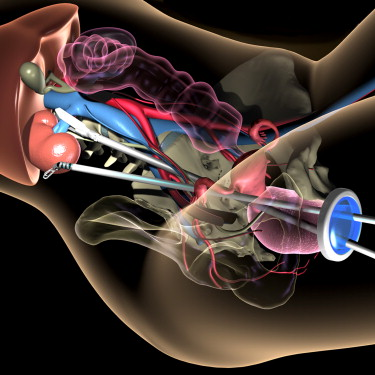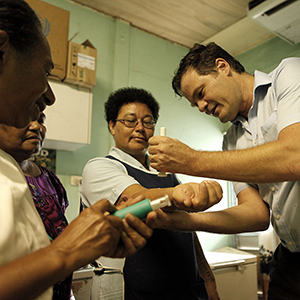You shouldn’t worry. It’s never going to happen to you, is it? It’s always that thing that you read about in the papers; the statistic on the news; a story that comes up over a coffee about a friend of a friend.
When it comes to organ donation, you could presume that your only connection to it will be in deciding whether or not you might make the noble decision to donate your organs in the event of your unfortunate demise.
But what if your heart starts to fail? It has been beating every minute of every day of every month of every year of your life…what if all along you had a silent fault waiting to strike? Or, what if you ended up developing end-stage lung failure or your diabetes became so bad that you needed a new kidney…
And then you realise that only 31% of the UK population is registered to become organ donors.
Then you are told that, as an adult, the average wait for a kidney is over three years; the median for a lung transplant over one year and the wait for a heart, an average of 253 days.
And what if you aren’t well enough to survive that wait?
An estimated 1,000 people die each year waiting for a life-saving organ, according to the NHS. The very unfortunate truth is that there are always more people needing organs than there are healthy ones available from donation. At present in the UK there are over 10,000 people needing a transplant. Whilst the wait for organs can obviously be different for all patients, the delay is always going to be inevitable while there is such a severe shortage of organs available for transplantation.
And sadly, for many the wait is just far too long.
Waiting time can also be negatively influenced by the disparity in the number of organ donors from certain ethnic backgrounds including those from south-Asian, African and African-Caribbean communities. This is particularly so because, for example, black people have an increased chance of developing kidney failure – three times more so – than the rest of the UK population. Ethnicity is so important because tissue and blood type compatibility are much more likely to prove a match; crucial in the success of transplantation.
The vital element within the UK system has always been consent; people have to actively ‘opt-in’ and give their consent to organ donation by actively adding themselves to the register, having a donor card or by otherwise discussing their wishes with their loved ones. Wales, however, has recently broken away from the system in favour of the ‘opt-out’ system – where consent is presumed for all unless the person has chosen to opt-out. A system which inevitably provokes much debate with the religious and ethical issues that arise. In both systems though, the final decision falls to the next-of-kin.
So let’s face it, ‘opt-in’ or ‘opt-out’, the bottom line is this: In the utterly devastating and tragic event of a loved-one’s death, there could still be the potential of passing on the incredible gift of life – even to several people.
And when that question of organ donation is broached, will you know what they would want the answer to be? Would you have the knowledge, and indeed the strength, to recognise the wishes of the person you love? Will you be certain enough to follow through their request – whether it be in favour of donation or not?
The bottom line is that we need to talk about it. We need to know. And we need to act on it.
For more information and to find instructions on how to join the organ donor register go to: NHS Choices Organ Donation



